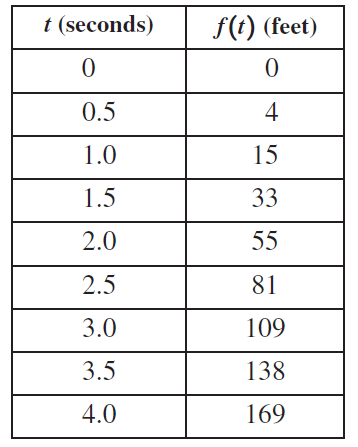Assuming the limit exists, the definition of the derivative If h > 0, then this approximation is
Question:
Assuming the limit exists, the definition of the derivative

implies that if h is small, then an approximation to f'(a) is given by

If h > 0, then this approximation is called a forward difference quotient; if h < 0, it is a backward difference quotient. As shown in the following exercises, these formulas are used to approximate f' at a point when f is a complicated function or when f is represented by a set of data points.
The following table gives the distance f(t) fallen by a smoke jumper t seconds after she opens her chute.
a. Use the forward difference quotient with h = 0.5 to estimate the velocity of the smoke jumper at t = 2 seconds.
b. Repeat part (a) using the centered difference quotient.

Step by Step Answer:

Calculus Early Transcendentals
ISBN: 978-0321947345
2nd edition
Authors: William L. Briggs, Lyle Cochran, Bernard Gillett





